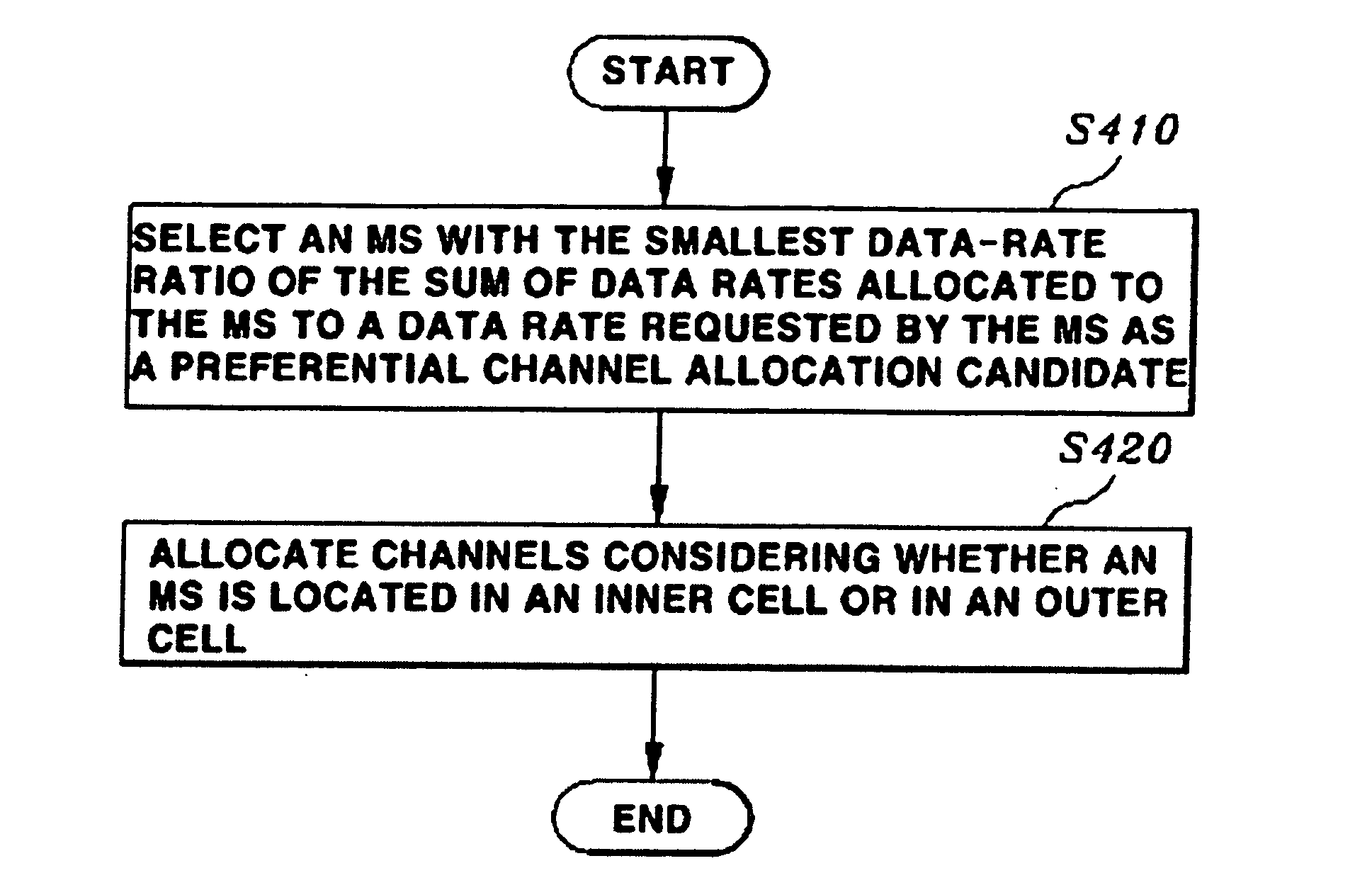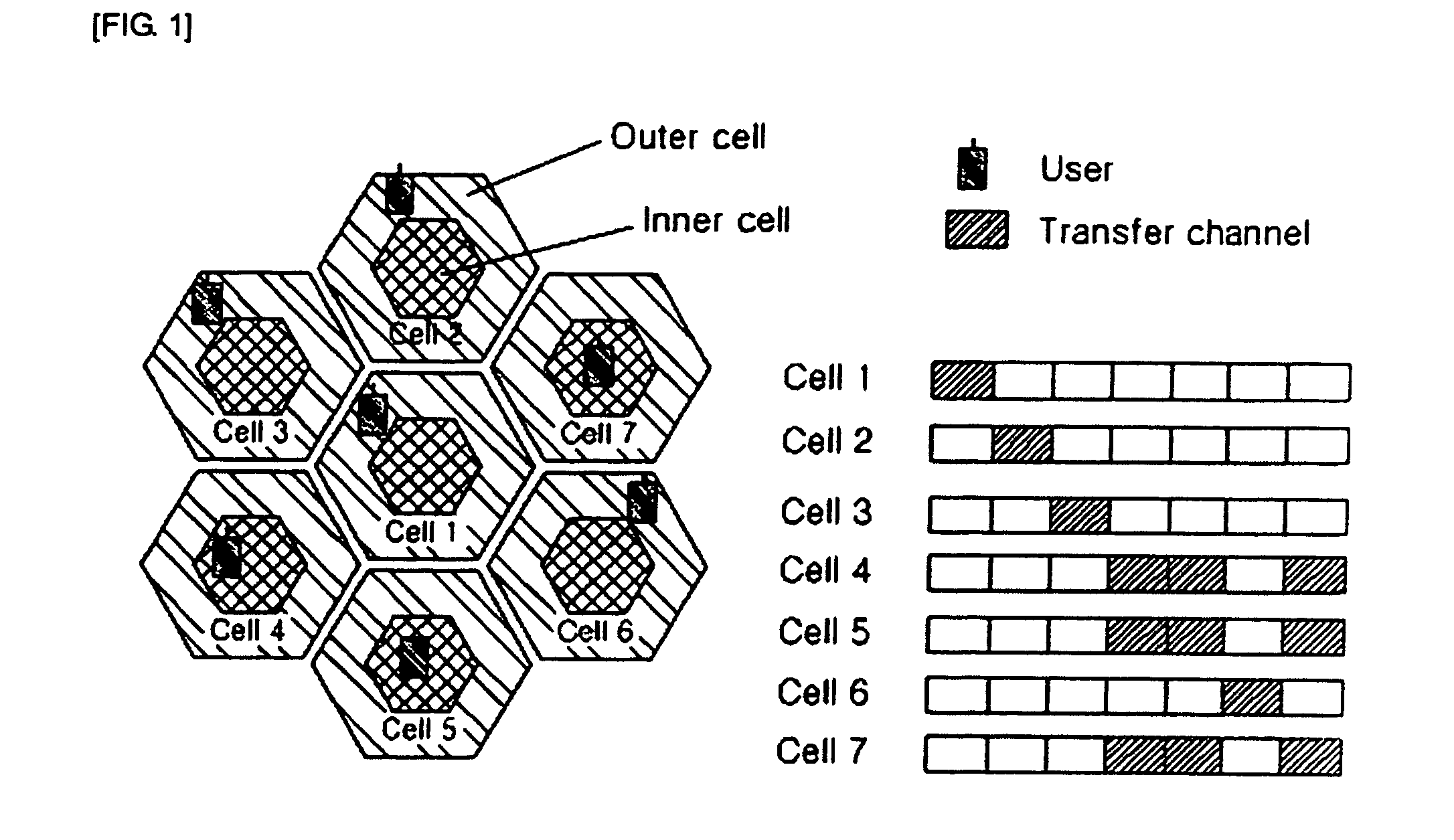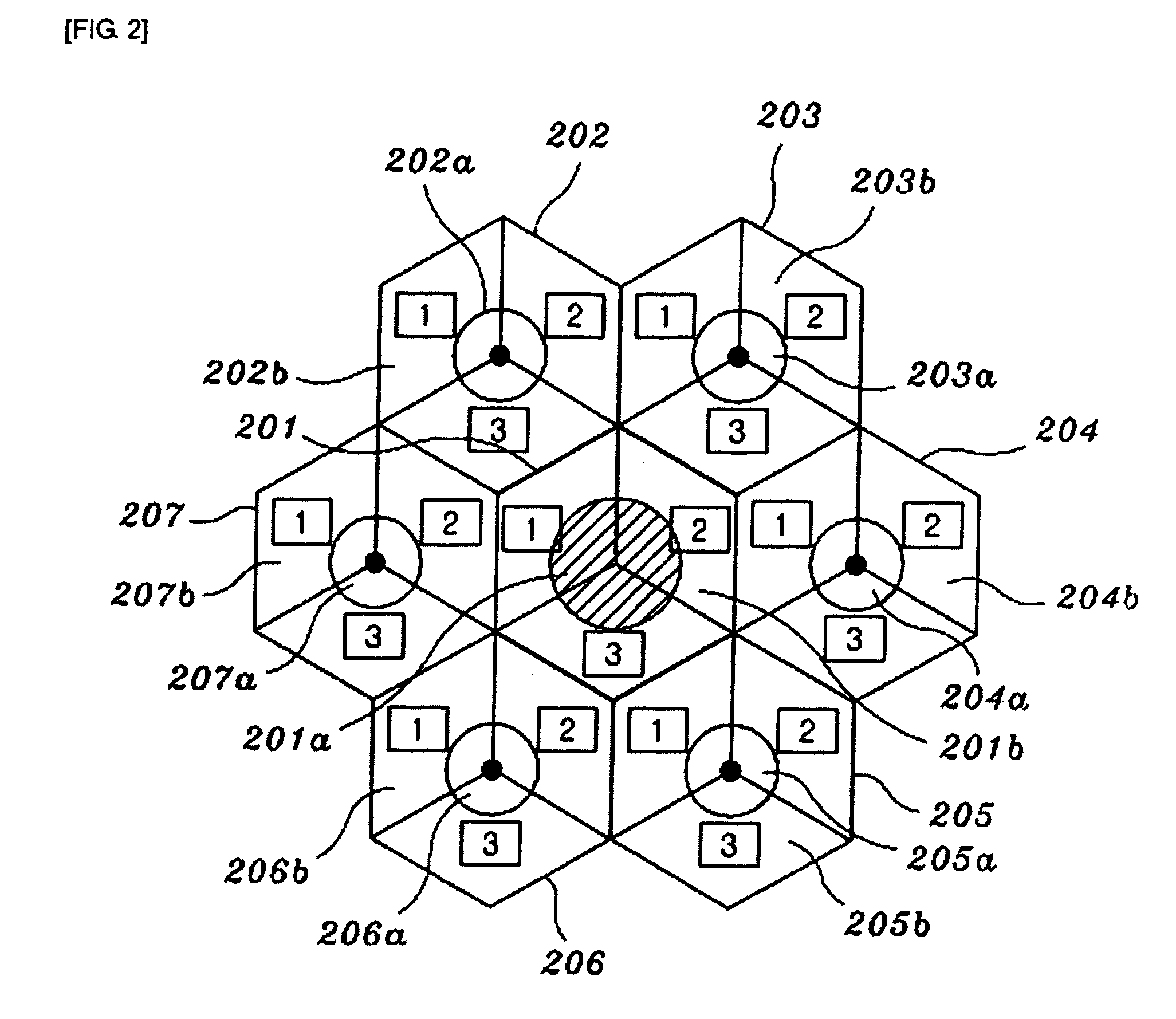Method and frame structure for supporting dynamic channel allocation and dynamic power allocation in frequency reuse partitioning based OFDMA system
a frequency reuse partitioning and dynamic channel technology, applied in power management, wireless commuication services, signalling characterisation, etc., can solve the problems of serious performance degradation, performance degradation is expected, and degrade the performance of a cellular system, and achieve the effect of multi-user diversity gain
- Summary
- Abstract
- Description
- Claims
- Application Information
AI Technical Summary
Benefits of technology
Problems solved by technology
Method used
Image
Examples
Embodiment Construction
[0065]Reference will now be made in detail to the embodiments of the present general inventive concept, examples of which are illustrated in the accompanying drawings, wherein like reference numerals refer to like elements throughout. The embodiments are described below in order to explain the present general inventive concept by referring to the figures.
[0066]Hereinafter, preferred embodiments of the present invention will be described in detail with reference to the accompanying drawings.
[0067]The present invention is based on an OFDMA / FDD system. Like an OFDM scheme, an OFDMA scheme uses an FFT process and an IFFT process to transmit input data in parallel on a plurality of subcarriers. Unlike the OFDM scheme, the OFDMA scheme transmits signals using a multiple access technique that allocates a plurality of subcarries respectively to a plurality of subscriber MSs. In particular, the present invention is based on an FRP-based OFDMA system.
[0068]Hereinafter, the terms “downlink” an...
PUM
 Login to View More
Login to View More Abstract
Description
Claims
Application Information
 Login to View More
Login to View More - R&D
- Intellectual Property
- Life Sciences
- Materials
- Tech Scout
- Unparalleled Data Quality
- Higher Quality Content
- 60% Fewer Hallucinations
Browse by: Latest US Patents, China's latest patents, Technical Efficacy Thesaurus, Application Domain, Technology Topic, Popular Technical Reports.
© 2025 PatSnap. All rights reserved.Legal|Privacy policy|Modern Slavery Act Transparency Statement|Sitemap|About US| Contact US: help@patsnap.com



